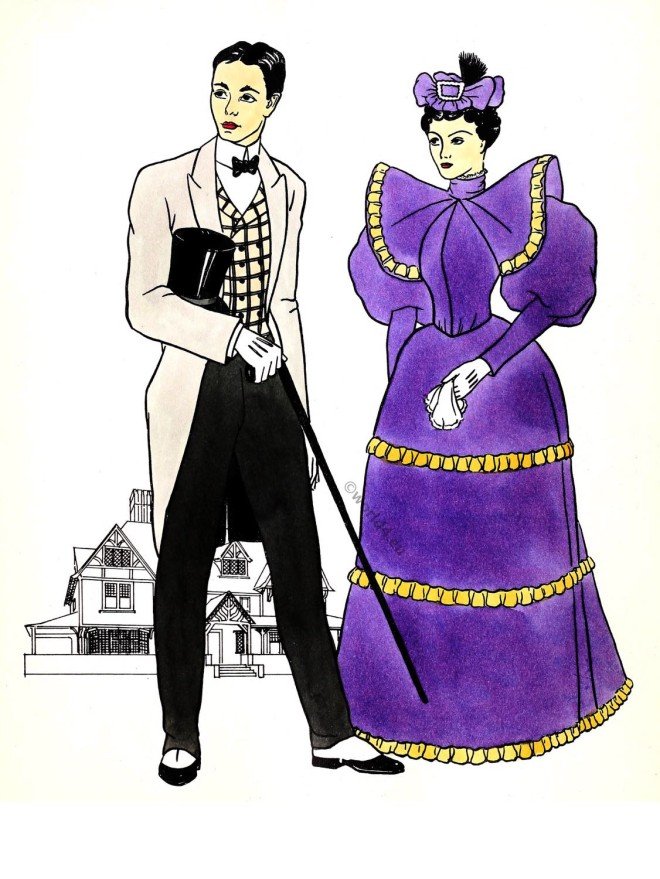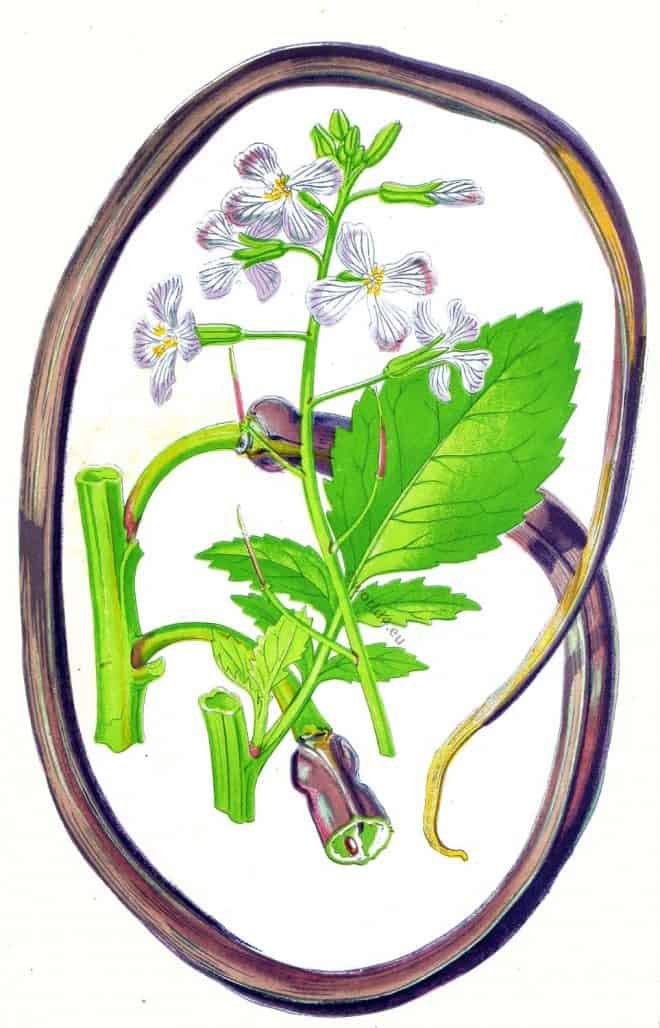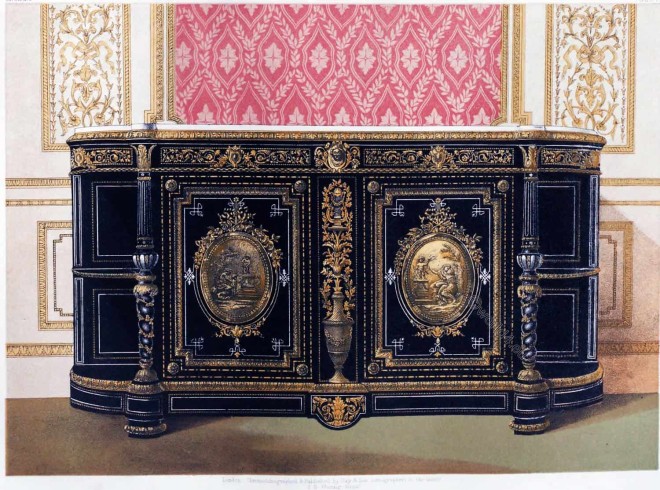England 1813. These laborers are, in general, a hardy, robust class of men, and furnish the best soldiers in our armies.
Category: England
Period Costumes and Fashion from England, Regency, Empire, Georgian, Directory, Victorian and Tudor dresses.
Notes on Fans. Wedding Fan presented to H.R.H. the Princess Mary.
Fan of pierced gold arabesque work, diamonds, rubies and emeralds, finely carved mother-of-pearl, richly inlaid with pure gold floral wreaths and Brussels lace.
Gay Nineties. Couple in late victorian fashion of the 1890s.
This couple dressed in afternoon formal dress. Change that took place in feminine costume. It shows the new silhouette.
Characteristically English carpet of the time of James I, dated 1614.
The carpet is a very fine example of the time of James I. The whole design is characteristically English of the period.
Celtic Ornaments of Anglo-Saxon and Irish Manuscripts.
Facsimiles of the Miniatures and Ornaments of Anglo-Saxon and Irish Manuscripts. Polychromatic ornament by Auguste Racinet.
A new vegetable variety in 1865. The rat-tail radish in England.
Rat-tail or snake radish, the edible part of the plant is the seed vessel and not the root.
A Mirror Case of the 14th century. The Assault of the Castle of Love.
A mediaeval mirror case. The subject is a favorite one with mediaeval artists, and is known as “The Assault of the Castle of Love.”
An embroidered mantle with a cape of very fine point d’Alençon.
A lace worked dress, in circular shape, furnished with a lace cape reaching to the top of the embroidery, of very fine point d’Alençon.
Ebony cabinet in the style of Louis Seize. Victorian period.
Ebony cabinet in the style of Louis Seize. Prize medal for great excellence of design and workmanship in decorative furniture 1862.
Empire Romantic. Young lady wears a ballroom ensemble of the 1820’s.
History of Costume. Empire Romantic Era of the middle or late 1820’s. Young lady wears a ballroom ensemble. Young man dressed in evening clothes.










